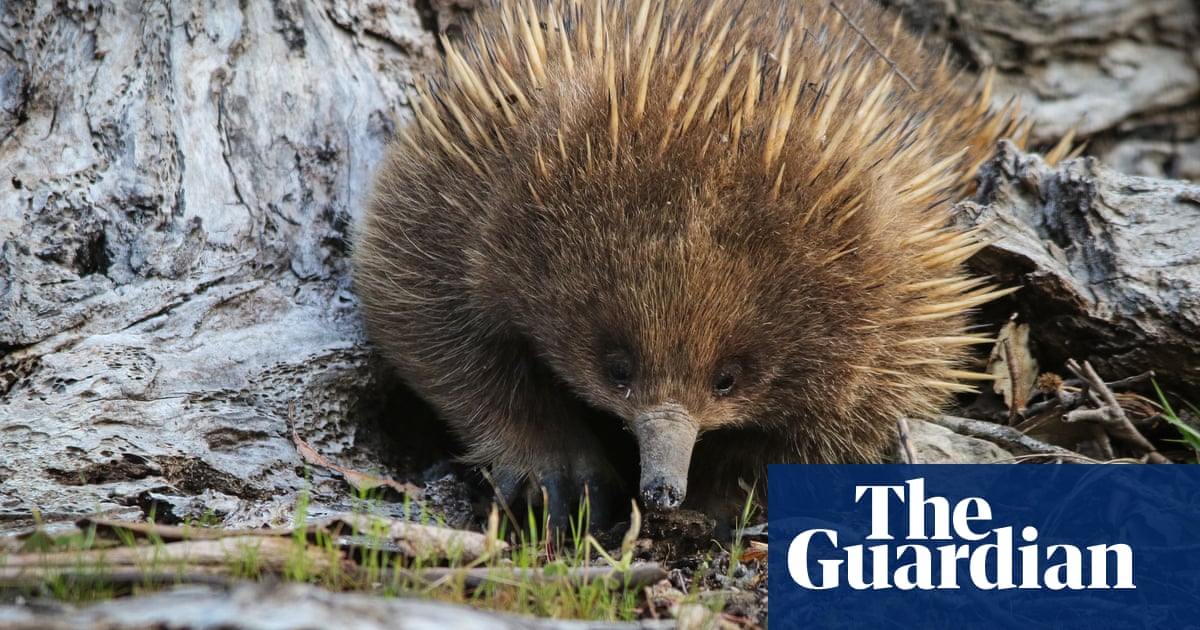Photo credit: www.theguardian.com
Recent research has shed light on the evolutionary journey of Australia’s burrowing echidna, revealing that it descended from a semi-aquatic ancestor in a remarkably rare biological transition. This unique egg-laying mammal possesses powerful digging claws, protective spines, and sensitive beaks, adaptations that suit its current terrestrial lifestyle.
A collaborative study involving Australian and international scientists suggests that these distinctive traits can be traced back millions of years to when echidnas’ ancestors thrived in aquatic environments. “We’re discussing a semiaquatic mammal that transitioned to life on land,” stated Suzanne Hand, a palaeontologist from the University of New South Wales. “While such a shift is exceedingly rare, we believe this transformation occurred with echidnas.”
The evolution of echidnas and the equally distinctive platypus likely stems from a shared ancestor known as Kryoryctes cadburyi, which inhabited Australia over 100 million years ago. Researchers examined a lone fossilized bone fragment from this predecessor uncovered at Dinosaur Cove three decades ago.
Hand noted that the bone structure of the platypus exemplified characteristics similar to the ancient ancestor, featuring a thick and dense design conducive for diving. In contrast, echidnas exhibited thinner bone walls, facilitating mobility on land. This evidence strongly supports the idea that echidnas transitioned from an aquatic existence to one on solid ground.
Hand further remarked that the reverse evolution—from land mammals to aquatic forms—is more common, citing examples like seals, whales, and dugongs.
The team’s findings align with additional echidna features. For instance, their hind feet, which face backward, assist in burrowing by enabling the mechanical movement of soil. It’s hypothesized that this particular foot structure evolved as rudders to aid the ancestors in navigating through swift waterways.
Moreover, echidnas manifest a “diving reflex” when submerged, prompting their bodies to conserve oxygen and enabling them to remain underwater longer.
Both echidnas and platypuses belong to a unique group of mammals known as monotremes, which are characterized by their method of egg-laying rather than giving birth to live young. “We anticipate discovering additional ancestral monotremes to further illuminate the early evolution of this intriguing group of mammals,” expressed Michael Archer, a co-author of the study.
This research has been detailed in the peer-reviewed journal PNAS.
Source
www.theguardian.com

